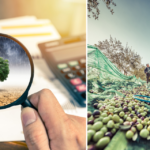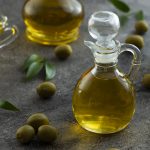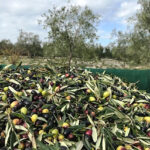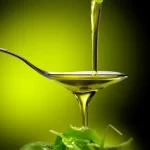 For just over 40 years, with the greatest impetus provided by a scandal that many still remember, Italy too has begun to lend pay attention to the quality of the wine. Great merit in wine communication can be attributed to the AIS (Italian Sommelier Association), the largest and most famous Association in this area, which with its excellent teaching has formed a small army of good Sommeliers.
For just over 40 years, with the greatest impetus provided by a scandal that many still remember, Italy too has begun to lend pay attention to the quality of the wine. Great merit in wine communication can be attributed to the AIS (Italian Sommelier Association), the largest and most famous Association in this area, which with its excellent teaching has formed a small army of good Sommeliers.
Restaurants have therefore begun to present an increasing number of labels well, with competent suggestions for pairing the dishes served. This has increased the customer's final satisfaction and wine has become a source of income for restaurateurs.
Wine is a pleasant and easy drink, capable of stimulating conviviality and happiness. Everyone knows that wine can be white, rosé or red, sparkling, still and raisin, with all the qualitative nuances made possible by the territories and the skill of the oenologists.
The oil is still an illustrious unknown, of which too many think it is a bargain to buy the one offered at € 3,99 per liter. Let's be clear: like the multitude of wines sold in bulk, commercial extra virgin olive oils always have their own dignity, which in any case places them in a good health position compared to the multitude of vegetable oils.
However, very few, other than the "insiders", have the good fortune to know and make good use of high quality extra virgin olive oils, which represent the apex of the production pyramid.
The communication that the "Experts" have made of the oil has so far been monotonous and wrong, starting with the claim to speak of "oil-food pairing": oil is not drunk from the glass as one does with wine, because it is a component of the dish exactly like onion, pepper, saffron, rosemary, salt…
Some Restaurateurs present the customer with a trolley of oils (often open for some time and consequently rancid), or get excited about describing that that precise extra virgin olive oil of that particular variety has been added to the dish. There are those who indicate the need to train experts capable of describing the oils served in detail, as the Sommelier does with wines, then there are those who continue to say that Restaurateurs should serve customers 100 ml bottles, to take home after paying them into the account. All of this has so far proved ineffective.
What has been done so far is one-way communication. However, two-way communication is much more effective, as long as it is not boring or pedantic, preferably capable of stimulating an answer without making the interlocutor feel forced or embarrassed.
We have long been OLEA Aps we divide the extra virgin olive oils, both monovarietal and blend, into three taste-olfactory “families”.. Mostly the oils are "herbaceous", with different intensities of the scents of green almond, artichoke, grass, chicory, etc., variously represented. A much smaller amount has a prevalent, or evident, presence of tomato or tomato leaf accompanied by herbaceous aromas. A small minority highlights the scent of Red fruits, often raspberry, still married to herbaceous or floral scents. On the website www.olea.info all the oils included in the rankings of our competitions are accompanied by a descriptive sheet of the organoleptic qualities: it is very easy to consult them to choose.
Initially leaving aside, to simplify, the oils with red fruit scents that are often difficult to find although very interesting, we have highlighted, in many study dinners, that adding a few drops of an excellent herbaceous oil, or with a prevalence of tomato, on the same dish, changes the overall organoleptic result, so as to make it easy for anyone to appreciate the difference.
It would be nice that every Restaurant, in addition to a good blend to be used in all types of cooking, stock up on a herbaceous oil and one with mainly tomato, preferably in 50 cl bottles. Then, immediately after serving the dish, the waiter should pour two drops of the herbaceous oil on the left and two of the tomato on the right, asking the customer to taste and indicate which of the two oils to use to season everything: and that's it!
Without realizing it, the customer is forced to pay attention, then he has to taste, reflect to understand which of the two oils increases his pleasantness the most, and then decide.
In this way anyone can understand that changing oil changes the dish. Then among the diners there will always be someone who prefers the herbaceous flavour, someone else that of tomato: here one enters the world of personal tastes, but at the same time the seed of knowledge is planted.
Maybe someone will start asking the restaurateur to sell them the two bottles of oil, to continue playing the same game at home, turning even what has so far been seen as a cost into profit. And then the Restaurateur will also look for some raspberry scented oil...
If many Restaurateurs started to “wasting a few seconds of time” to offer this to customers "little game" they would certainly make a good impression, gently lighting a new light that could lead more and more people to the right understanding of the value of quality extra virgin olive oils, capable of offering us goodness and health.
Good oil to all
Renzo Ceccacci
President Olea, official taster,
Chief Emeritus of Anesthesia and Intensive Care
Restaurants and extra virgin olive oil, what communication?
A loud reflection by Renzo Ceccacci, president of Olea
The voice of the experts
Views: 1K







